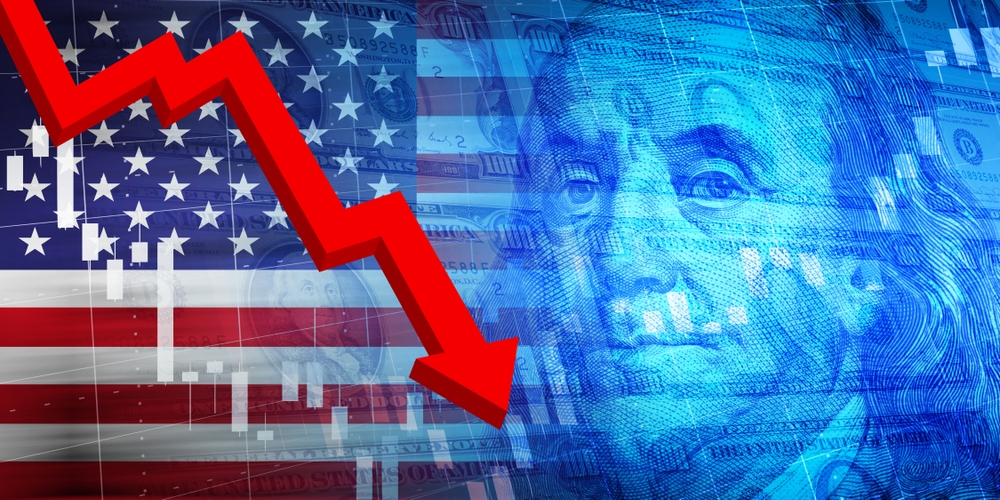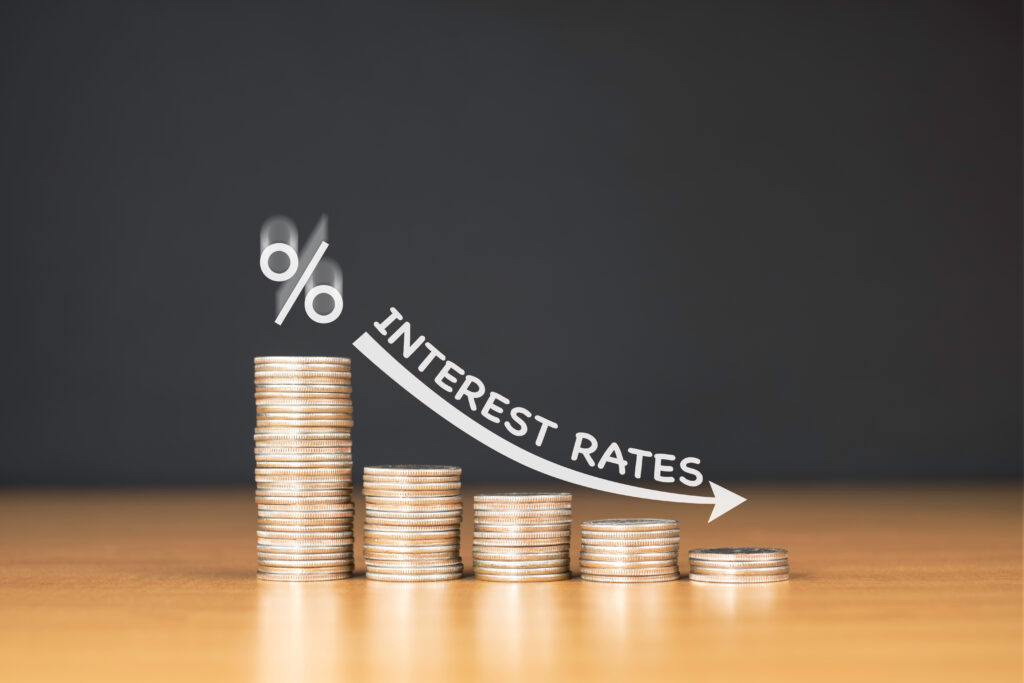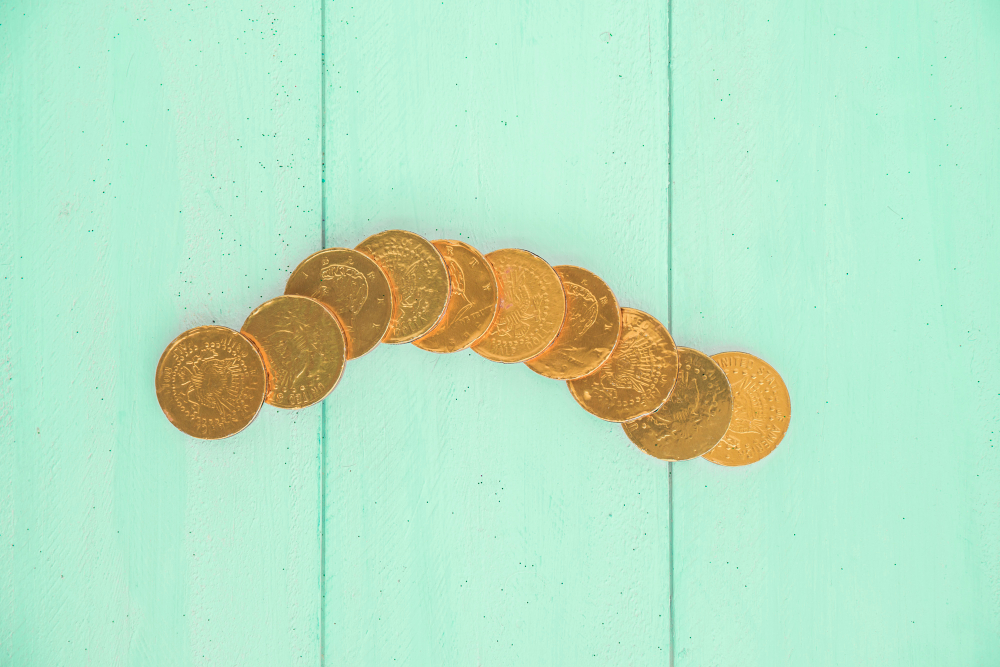A falling U.S. dollar could quickly drain your savings—and most people wouldn’t see it coming.

Imagine checking your bank account one morning and realizing your money suddenly buys less than it did last week. If the U.S. dollar lost just 10% of its value—a realistic drop during periods of high inflation—your savings would effectively lose the power to purchase one-tenth of what it once could. Experts warn that inflation, mounting debt, and shifting global trade could accelerate that decline within months, quietly eroding nest eggs long before most people notice it happening.
1. The Dollar’s Value Isn’t Fixed—It Fluctuates Constantly

The value of the U.S. dollar rises and falls based on global demand, interest rates, and investor confidence. When other currencies strengthen or the U.S. economy slows, the dollar’s purchasing power drops.
This shift affects both international trade and domestic prices. A strong dollar buys more foreign goods, but a weak one makes imports more expensive. Because the dollar underpins global finance, even modest declines can ripple through the economy, influencing everything from fuel costs to retirement portfolios, as mentioned in Yahoo! Finance.
2. Inflation Eats Away at Your Purchasing Power

When the dollar weakens, inflation often follows. Everyday goods—from groceries to gas—cost more as import prices rise. The same paycheck buys less, and household budgets feel the strain almost immediately.
Even a steady inflation rate of 3–4% per year compounds quickly over time, meaning $1,000 today may have the buying power of only $700 a decade from now, according to Investopedia. For those on fixed incomes, such as retirees, the erosion of purchasing power can be especially painful.
3. Savings Accounts Lose Real Value Over Time

Cash stored in traditional savings accounts may feel safe, but its real value declines when inflation outpaces interest rates. If your bank offers 2% annual interest while inflation runs at 4%, you’re effectively losing money each year.
This phenomenon—called “negative real return”—means that even as your account balance grows, its purchasing power shrinks. Over time, this silent erosion can have a greater impact on long-term wealth than short-term market volatility, as reported in BBC.
4. Imported Goods Become More Expensive

The United States relies heavily on imports for electronics, vehicles, and everyday household products. When the dollar loses value, foreign manufacturers demand more dollars for the same goods, raising prices for U.S. consumers.
This means higher costs not only for finished products but also for raw materials and components. Businesses often pass those increases to shoppers. A weakening dollar, therefore, directly impacts the cost of living, particularly for items that depend on international supply chains.
5. Travel Abroad Becomes Costlier

Americans traveling overseas immediately feel the effects of a weaker dollar. Exchange rates determine how much local currency you receive for each dollar, so when the dollar declines, vacations, meals, and accommodations abroad become more expensive.
Frequent travelers, expatriates, and students studying overseas may need to adjust budgets or delay trips. Even digital nomads paid in U.S. currency see their spending power drop in foreign markets, underscoring how exchange rates can shape everyday financial choices.
6. Investments and Retirement Accounts Can Suffer

Stock markets can react sharply to currency fluctuations. A weaker dollar may initially boost large U.S. exporters, but it can also unsettle global investors. Rising import costs, inflation fears, and higher interest rates may drag markets lower.
Retirement portfolios tied to equities, bonds, or mutual funds often reflect these shifts. Without diversification into assets that hold value during currency downturns—such as commodities or foreign stocks—long-term investors may face reduced real returns.
7. Rising Interest Rates Follow Currency Declines

When the dollar weakens and inflation rises, the Federal Reserve often raises interest rates to stabilize prices and restore confidence. While this move can strengthen the currency, it also makes borrowing more expensive.
Higher rates increase the cost of mortgages, auto loans, and credit card debt. For households already managing tight budgets, this can lead to reduced spending and slower economic growth. The effort to defend the dollar can, ironically, create financial pain for ordinary consumers.
8. Imported Energy and Fuel Costs Increase

Oil and natural gas are globally traded commodities priced in U.S. dollars. When the dollar weakens, foreign producers demand higher prices to offset their losses. This can drive up costs at the pump and raise shipping and manufacturing expenses.
Even slight increases in energy costs can ripple through every sector of the economy, since fuel affects transportation, production, and agriculture. Consumers often see these changes first in food prices and utility bills.
9. Gold and Commodities Often Rise in Value

Historically, investors flock to tangible assets like gold, silver, and other commodities when the dollar declines. These assets tend to hold or increase their value as paper currency loses strength.
This “flight to safety” can protect portfolios during volatile times, though it’s not without risk. Gold doesn’t generate income like stocks or bonds, but its stability during currency downturns has made it a favored hedge for centuries. Diversifying with small allocations to such assets can buffer inflation’s bite.
10. Global Confidence in the Dollar Shapes Its Future

The dollar remains the world’s primary reserve currency, meaning most global trade and finance still depend on it. However, shifts in geopolitical alliances, debt levels, and economic performance can erode that confidence.
If major nations diversify away from the dollar—such as trading in euros or yuan—the U.S. could face reduced global influence and higher borrowing costs. Maintaining trust in the dollar’s stability is crucial to keeping its value strong and protecting domestic wealth.
11. Proactive Steps Can Protect Your Savings

While individuals can’t control the dollar’s strength, they can take steps to safeguard their finances. Diversifying savings across asset types—like stocks, inflation-protected bonds, and tangible assets—helps reduce exposure to currency risk.
Maintaining an emergency fund, paying down variable-rate debt, and keeping long-term investments in inflation-resistant assets can soften the blow of a weaker dollar. Staying informed about monetary policy and global trends also empowers savers to make smarter, more resilient financial decisions.
